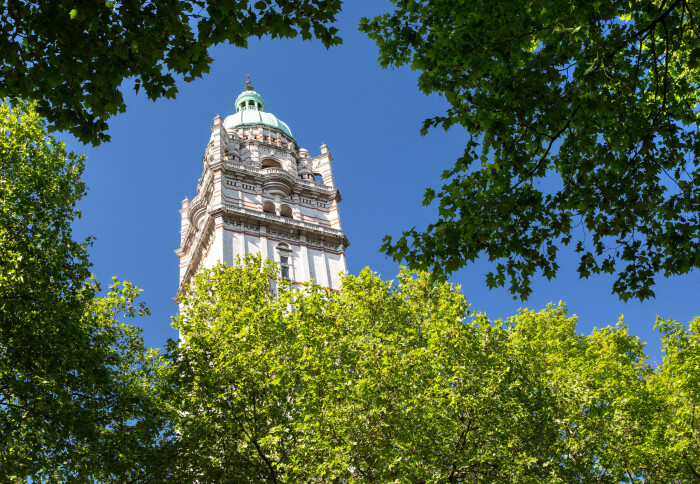Imperial commits to new sustainable research and innovation initiative

Imperial College London is among the first universities to adopt a new sustainability initiative to improve research and innovation practices.
Imperial has become one of the first universities to sign up to the Concordat for the Environmental Sustainability of Research and Innovation Practice in recognition of its ongoing commitment to sustainability.
The agreement represents a shared ambition to keep delivering cutting-edge research, in a more environmentally responsible and sustainable way. It has been co-developed by more than 25 organisations across the UK research and innovation sector, including universities, research institutes and funders.
Commenting on the Concordat, President Professor Hugh Brady said:
“Few issues unite the Imperial community with such determination and urgency as tackling the global challenges of climate change, biodiversity loss and pollution. We are proud to be an early adopter of this important initiative.
“Our commitment, alongside others, will make the UK’s research and innovation more sustainable while protecting and promoting our environment.”

As part of Imperial's commitment to play a leading role in tackling climate change, biodiversity loss and pollution, the university has also developed new sustainable travel and procurement policies, a sustainability building guide for new builds, and a decarbonisation plan for all seven of its campuses. This will include retrofitting buildings for higher thermal efficiency, and decarbonising heating systems. The decarbonisation plan is outlined in our report Sustainable Imperial: Our Journey to a Net Zero Estate by 2040.
As well as the large-scale, visible changes, the plans weave sustainability into all areas of Imperial’s work from energy monitoring, data analysis and reporting, to laboratory sustainability, waste reduction and enhancing biodiversity.
Read an overview of all Imperial’s commitments on sustainability in our new strategy.
Article text (excluding photos or graphics) © Imperial College London.
Photos and graphics subject to third party copyright used with permission or © Imperial College London.
Reporter
Eleanor Green
Communications Division